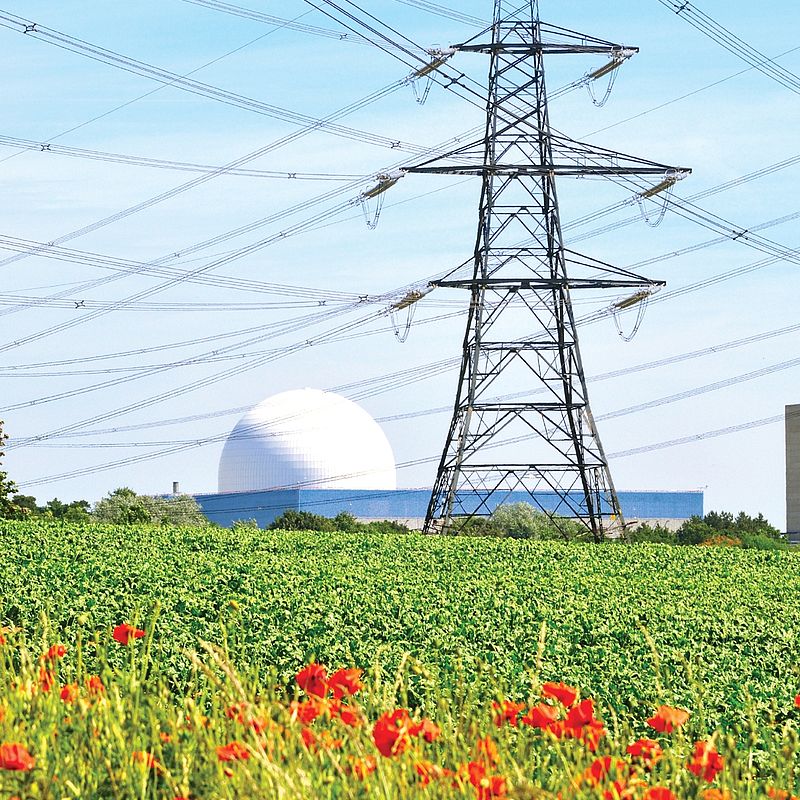
Next-generation nuclear power
Challenge
The next generation of nuclear reactors currently under development, known as Generation IV, will use a closed fuel cycle, where spent fuel is reprocessed and reused. This conserves natural resources, minimises nuclear waste and hinders nuclear proliferation.
Generation IV reactors will operate at higher radiation levels and temperatures than current reactors to achieve improved efficiencies. Existing temperature sensors, used to monitor conditions in the reactor core and ensure plant safety, are largely based on technologies developed 30 to 40 years ago and cannot be reliably used at the temperatures and radioactivity levels inside Generation IV reactors. New sensors, capable of withstanding the harsher reactor environment, need to be developed and validated under real operating conditions before Generation IV technology can be deployed.
Solution
The EMRP project Metrology for new generation nuclear power plants developed new temperature sensors and measurement methods. It focused on extending measurement ranges to higher temperatures and reducing sensor drift in the high-temperature environments encountered in Generation IV reactors. During the research project, Dr Michele Scervini at the University of Cambridge developed, tested and patented a new temperature sensor, capable of operating at temperatures up to 1300 °C.
Impact
Idaho National Laboratory, a key nuclear research laboratory, is validating in 2016 and 2017 a new nuclear fuel for the Very-High-Temperature Reactor - a Generation IV reactor - in its Advanced Test Reactor located in Idaho. This is one of only a few facilities of its sort in the world and, following initial performance trials, Idaho awarded Cambridge the opportunity to test their new sensor in a realistic Generation IV high irradiation and high temperature environment.
The trial will demonstrate the sensor’s ability to perform reliably in Generation IV operating conditions, giving confidence to the nuclear industry, for which reliable product performance is of the utmost importance. Increased industry adoption of the technology will help ready the nuclear industry for safe and effective operation of future plants using Generation IV technology, and pave the way to more efficient generation of low-carbon energy for Europe.
- Category
- EMRP,
- Energy,
